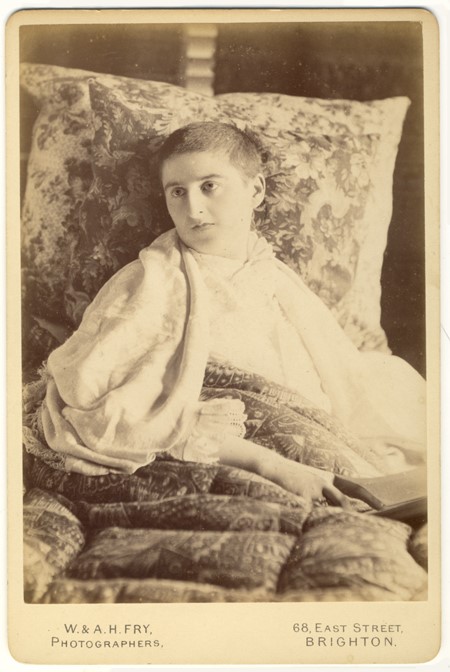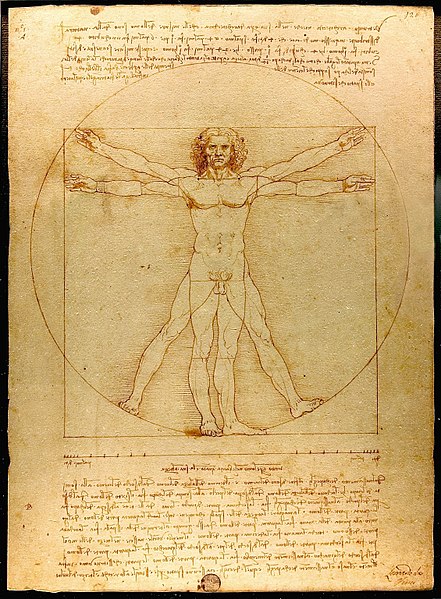I’ve always been fascinated with photography and how it allows you to capture a moment in time, preserving it “forever”. The earliest photographic process widely available to the public was called the daguerreotype. It first became available, commercially, in 1839. However, the process was expensive, as it involved printing the detailed images on a silvered copper plate. This made it cost prohibitive for most families. In time less expensive methods became available, making photography more attainable for the middle class giving rise to a growing obsession with photographs in the Victorian Era.
During the early days of commercial photography, the process required the subject to remain almost completely still for up to fifteen minutes during exposure. This would ensure an image that was not blurred. This stillness often served to make people look creepy, as if they were dead. It also prompted the invention of various tools used to keep people still during the process. The picture below is an example of one such contraption that included a clamp to keep the head still! It was not used to pose dead bodies, as is widely claimed on the internet.
This next picture is an example of what happens when stillness was not maintained. The young children in this picture had a hard time remaining still, which resulted in the blurring of the face of the girl on the floor. The hand of the boy on the left is also blurred. Just to head off the questions, yes, the child on the left is a boy. Male children typically wore dresses until they were potty-trained. You can usually distinguish a male child from a female child by the part in the hair; side for boys and center for girls.
Sir Charles Wheatstone and his family, by Antoine Claudet
Many subjects in the early days may have appeared dead because of forced stillness, while others looked this way because they were indeed dead. Turns out that some of the best subjects for photography were the dead. No one was better at being completely still than those who were without life. The bodies of the dead were posed by the photographer and his assistants, typically in one of several positions; reclining, sitting, or sleeping, as in the photograph below. Later, they were often photographed in their coffins, dispelling any illusion of life, but showing the “sereneness” of death.
Girl with curls and a large bow in her hair, laying at rest on a bed as if asleep
During the process of producing the print, color and detail were often added to make the deceased look alive, as if they were merely resting or sleeping. A blush could be added to cheeks, flowers could be given color, and pink or blue added to infants clothing to indicate sex (pink for boys and blue for girls). Some photographers went as far as to paint eyes on the glass negative to make the deceased appear awake, but this was not as common as it was once thought to be.
This child’s eyes were left open, not painted
Portrait of parents with their deceased daughter – Note the color added to the cheeks
I am obsessed with Victorian post-mortem photography. Most people who know me well will not find this surprising. I tend to be obsessed with almost anything to do with the dead. Many people find it creepy, but the most thoughtful will understand an obsession with a process that is natural and inevitable is perhaps an ingenious coping mechanism.
Victorian portraits of the dead represented a different perspective on death and the process of mourning. A healthier one, in my humble opinion. It was believed that the grief of losing a loved one could be reduced by having a picture of the departed loved one to gaze upon. These portraits were often placed into special lidded-frames where loved ones may also keep a lock of hair or other memento in the hopes of keeping the memory of the dearly departed alive within the memory of the living.
 Picture from You’re Dying Charlotte
Picture from You’re Dying Charlotte
A post-mortem photograph may be the only picture the family had, especially if the subject was an infant, child, or elderly family member. While photography was expensive in the 19th century, most people ended up having a portrait made, if they lived long enough. I believe that this is the reason that the majority of the post-mortem photographs I have seen are those of infants/children and older people. The fact that children and the elderly were also particularly susceptible to contagious diseases and accidents may also account for this.
 Lisby: Elderly Woman in Final Sleep, 1/9th-Plate Post-Mortem Ambrotype, Circa 1860
Lisby: Elderly Woman in Final Sleep, 1/9th-Plate Post-Mortem Ambrotype, Circa 1860
Animals were also mourned and photos were taken. These photos are rarer, but they do exist. Pets in the Victorian Age were seen as part of the family, much like they are today. This aspect of post-mortem photography is really heartwarming to me. The loss of a pet was a painful event then as it still is today. I especially love this picture of a pet rodent (I cannot tell exactly what kind, maybe a fancy rat?). Any guesses?
 Unknown maker, American. Genushe (animal post-mortem), ca. 1845–46. Daguerreotype, sixth plate, image size: 3 ¼ x 2 ¾ inches. Gift of the Hall Family Foundation, 2010.35.21. © Nelson Gallery Foundation.
Unknown maker, American. Genushe (animal post-mortem), ca. 1845–46. Daguerreotype, sixth plate, image size: 3 ¼ x 2 ¾ inches. Gift of the Hall Family Foundation, 2010.35.21. © Nelson Gallery Foundation.
There is a different kind of portraiture from this era that shakes me in a way that pictures of the dead could never do. Pictures were sometimes made of a people on their sickbeds. While I understand why these pictures were made, I cannot help wondering what the subject was thinking, “Oh, I must be close to death, the photographer is here”. Ugh… I cannot fathom that experience. On a side note, in the photo below, notice this young woman’s hair. It has been shorn. This was a common practice when one had a fever. Not sure the reasoning behind it, but if you look at enough photographs from this period, you will most certainly run across it. Pay especially close attention to the bangs on women, as they are often cut off in a manner that looks hastily done.
 Portrait of an unknown woman in her sickbed, photographed at the subject’s home by a photographer from the firm of W. & A. H. Fry, 68 East Street, Brighton (c.1886)
Portrait of an unknown woman in her sickbed, photographed at the subject’s home by a photographer from the firm of W. & A. H. Fry, 68 East Street, Brighton (c.1886)
If you are interested in this type of photography, watch out for pictures misidentified as post-mortem. Remember, many people had the appearance of being dead because of the stillness and stiffness needed to produce a clear exposure. This photograph is of a living child that is being assisted in holding still by the use of a stand. Many people falsely believe the stands were used to prop the dead. Those people need to investigate the meaning of “dead weight”. No way a stand this flimsy could prop up a dead body. The fact that he is also straddling and gripping the cane, is also a “dead giveaway” that this little boy was very much alive when this photo was taken.
Whatever your interest in photography, I think it is easy to appreciate the artfulness of the earliest of photographs, whether they be of the living or of the dead. There is a lot out there to be discovered. I have found some of my favorite photographs by digging through bins of old photos at flea markets and roadside antique shops. If you have an opportunity, you should see what you can find. If you find something great, we’d love you to share it with us!
Coming in 2018: Lab on Demand: History of Death Rituals and Mortuary Practices – 2 class series (Each can stand alone) – Mortuary practices were used to reproduce religious belief, political power, and social structure among the living. In addition, these practices serve to express and overcome grief and bereavement. Discover how various cultures viewed death and their practices for dealing with the cadaver.
Coming in 2018: Lab on Demand:
- Funeral Customs and Practices-2 class series (Each class is standalone) Contact 713-639-4625 for more information.
- Funeral Customs and Practices through Time – The treatment of the deceased by various cultures varies greatly. Discover customs from sky burial to the Towers of Silence, and beyond and explore what these practices can reveal about the people who engage in the rituals.
- Victorian Funerary Practices and Tombstone Symbolism – Persons of the Victorian era are viewed by many as having a morbid fascination with death. Discover the interesting practices and rituals associated with death from mortuary photography to mourning jewelry and beyond.













